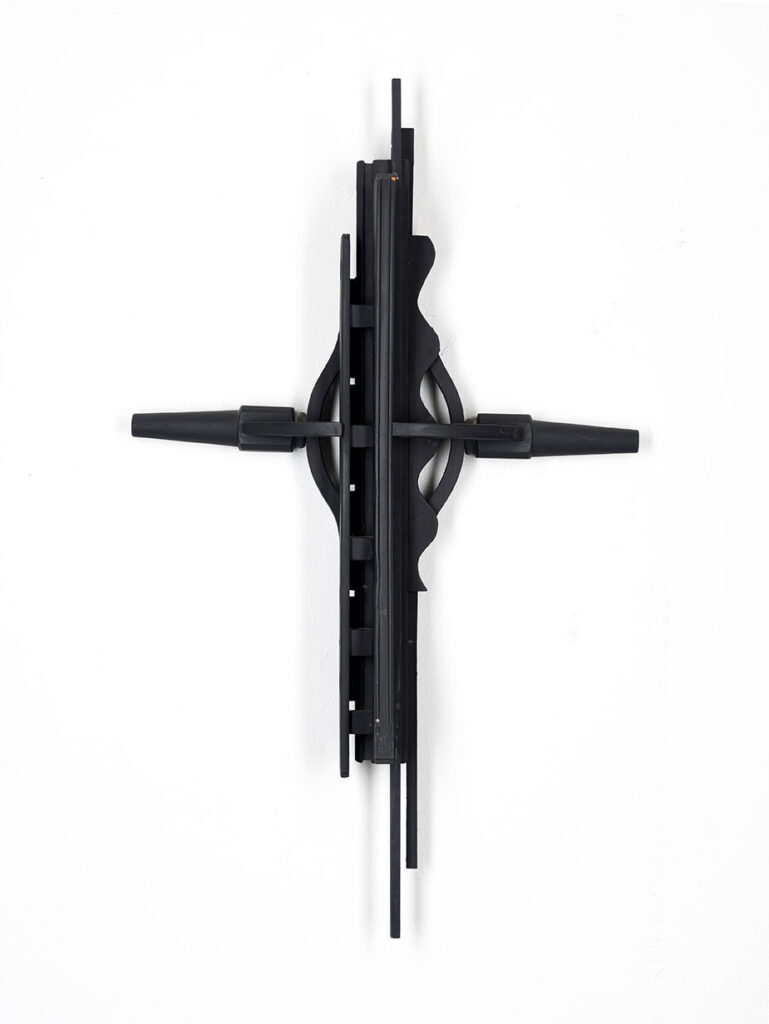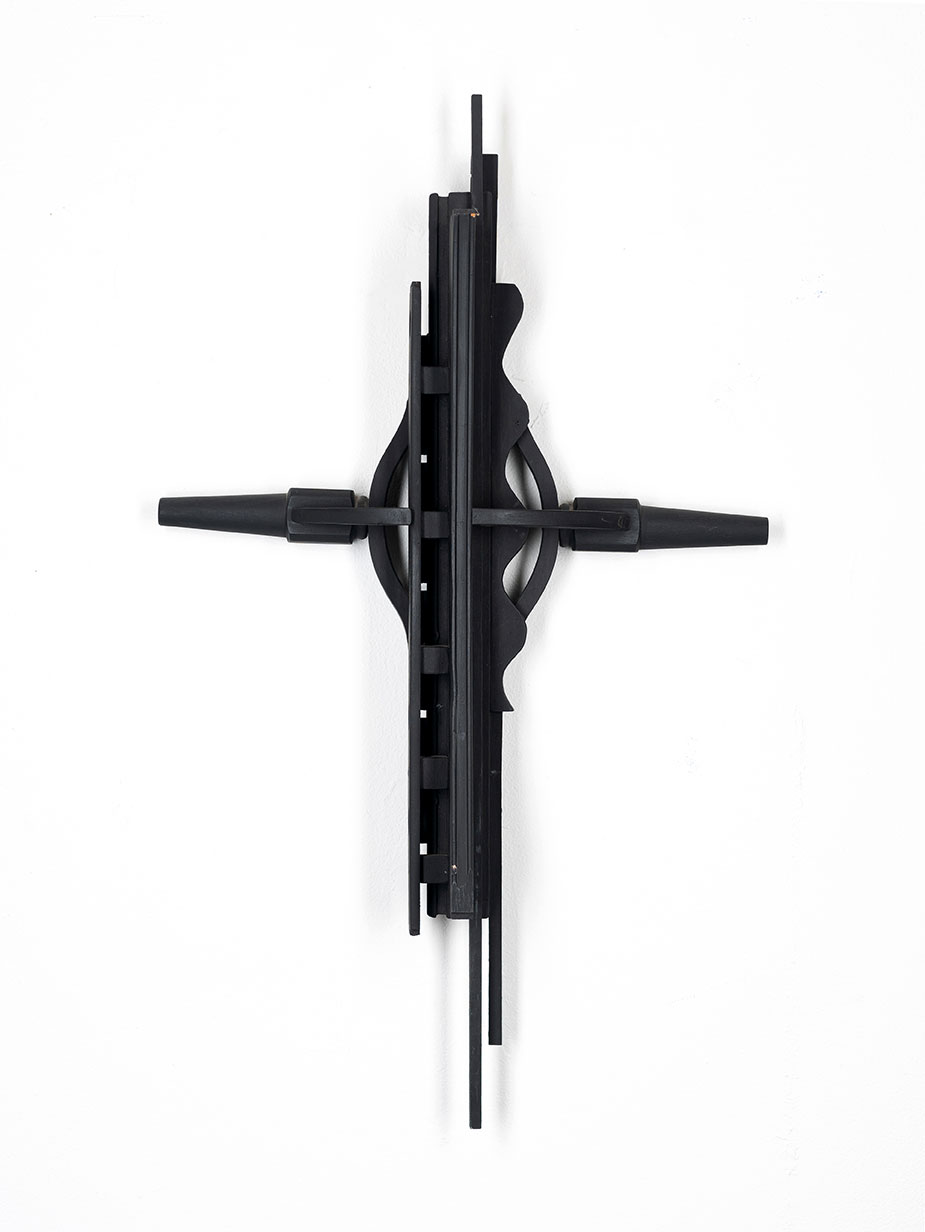ReSOURCE
Artists

Michael Qualls
A Chicago-based artist known for his abstract sculptures, Michael Qualls (1961-2005) was a community-driven therapist, social activist, and artist who used the environment as his palette and identified aesthetic value in found materials. He studied art and psychology at Loyola University before transferring to Columbia College, where he received a Bachelor of Arts degree in 1986. He spent countless hours searching for found materials, ranging from milk crates and boxes to wood from disposed furniture, that fit his aesthetic and vision for his work. Qualls believed in the sacred power of natural materials and incorporated them into his sculptures to bring forth otherwise hidden histories and narratives. His work lives within several private collections, and has been exhibited across Chicago. Notably, Qualls’s art was exhibited in the Art AIDS America exhibition at Alphawood Gallery on North Halsted, the first exhibition to explore how the AIDS crisis impacted American art. This exhibition was organized by Tacoma Art Museum in partnership with the Bronx Museum of Art, and received funding in Chicago from the Alphawood Foundation, a private foundation advocating for a more just and humane society.


